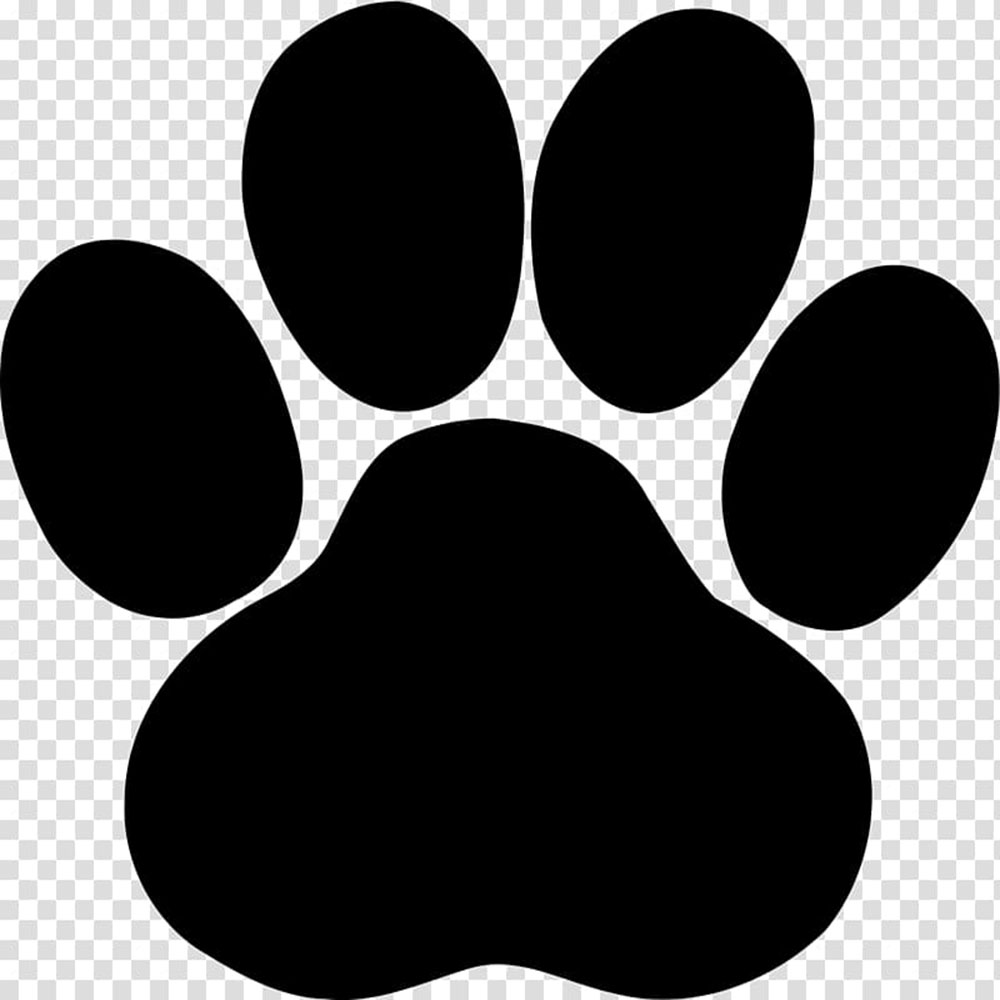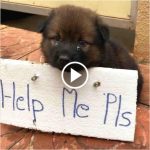In your special occasion, it’s pure to hope for birthday blessings and well-wishes from family members. Nonetheless, it’s vital to do not forget that nobody is ideal, and imperfections are what make every of us fantastically distinctive. So, as you rejoice one other yr of life, take a second to embrace your imperfections and the journey that has formed you. Searching for birthday blessings is a significant want, however the biggest reward you may give your self is the popularity of your value and the appreciation of the individual you’ve turn out to be. Blissful Birthday! 🎂🥳😥
Here’s a comprehensive guide on how to take care of your dog’s hair:
Introduce your dog to grooming from a young age to help them become accustomed to the process. Start with short grooming sessions and gradually increase the duration as your dog becomes more comfortable. Use treats and praise to reward positive behavior and make grooming a positive experience.
Choose grooming tools appropriate for your dog’s coat type and length. For example, use a slicker brush for long-haired breeds and a bristle brush for short-haired breeds. Consider consulting with a professional groomer to recommend the best tools for your dog.
Pay attention to your dog’s ears during grooming, as they are prone to wax buildup and infections. Clean your dog’s ears regularly with a veterinarian-approved ear cleaner and gently remove any debris or wax buildup to prevent discomfort and infection.
Practice good dental hygiene to maintain your dog’s overall health, which can indirectly impact the condition of their coat. Brush your dog’s teeth regularly with a dog-specific toothbrush and toothpaste, and provide dental chews or toys to help keep their teeth clean.
Use a moisturizing conditioner after bathing your dog to keep their coat soft and hydrated. Massage the conditioner into their fur and rinse thoroughly to prevent residue buildup that can weigh down the hair.
Pay attention to your dog’s grooming needs during shedding seasons, which may vary depending on their breed and environment. Increase the frequency of brushing to remove loose fur and prevent matting, and consider using a deshedding tool to minimize shedding.
Keep your dog’s nails trimmed to prevent them from snagging on carpets or furniture and causing discomfort. Trim the nails regularly using a dog-specific nail trimmer, and be careful not to cut into the quick, which can cause bleeding and pain.
Monitor your dog’s hair for any signs of changes in texture, color, or thickness, as these may indicate underlying health issues such as hormonal imbalances or nutritional deficiencies. Consult with your veterinarian if you notice any abnormal changes in your dog’s coat.
Consider using supplements or dietary additives to support your dog’s coat health, especially if they have specific nutritional needs or dietary restrictions. Omega-3 fatty acids, biotin, and zinc are commonly recommended supplements for promoting healthy skin and coat.
Provide your dog with regular access to fresh water to stay hydrated, which is essential for maintaining healthy skin and coat. Dehydration can lead to dryness and dullness in the hair, so ensure your dog has plenty of clean water available at all times.
Protect your dog’s coat from harsh chemicals found in household cleaners, pesticides, and lawn treatments. Keep your dog away from treated areas and rinse their paws and fur thoroughly if they come into contact with potentially harmful substances.
Keep your dog’s hair trimmed around their anus to prevent fecal matter from getting stuck in their fur and causing irritation or infection. Use blunt-tipped scissors to carefully trim the hair, or consider using pet-safe wipes for easier cleanup.
If your dog has sensitive skin or allergies, choose grooming products that are hypoallergenic and free of artificial fragrances and dyes. Test new products on a small area of your dog’s skin before using them extensively to check for any adverse reactions.
Protect your dog’s hair from becoming tangled or matted during outdoor activities by using a harness instead of a collar. Collars can cause friction and hair breakage, especially in dogs with long or thick coats.
Provide your dog with regular flea and tick prevention to protect their coat from infestations that can cause itching and irritation. Consult with your veterinarian to determine the best preventive treatment for your dog based on their lifestyle and risk factors.
Avoid using heat styling tools such as hair dryers or straighteners on your dog’s fur, as excessive heat can damage the hair and lead to dryness and breakage. Allow your dog’s coat to air dry naturally whenever possible.
Keep your dog’s coat well-groomed and free of mats to prevent skin infections and hot spots, which can develop when moisture and bacteria become trapped in the hair. Regular grooming helps keep your dog’s skin healthy and irritation-free.
Monitor your dog’s behavior during grooming sessions and be mindful of any signs of discomfort or stress, such as whining, panting, or attempting to escape. Take breaks as needed and approach grooming with patience and understanding.
Consider incorporating regular massages into your dog’s grooming routine to promote relaxation and stimulate circulation. Massaging your dog’s skin helps distribute natural oils and encourages healthy hair growth.
Lastly, enjoy the bonding time spent caring for your dog’s hair and cherish the moments of connection and trust that grooming provides. Your efforts in maintaining your dog’s coat health contribute to their overall well-being and happiness.



